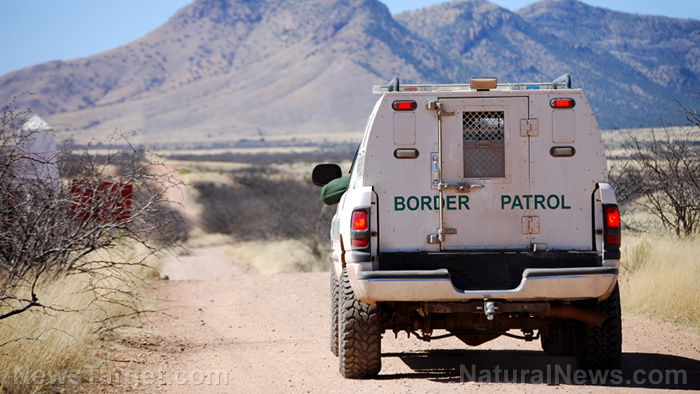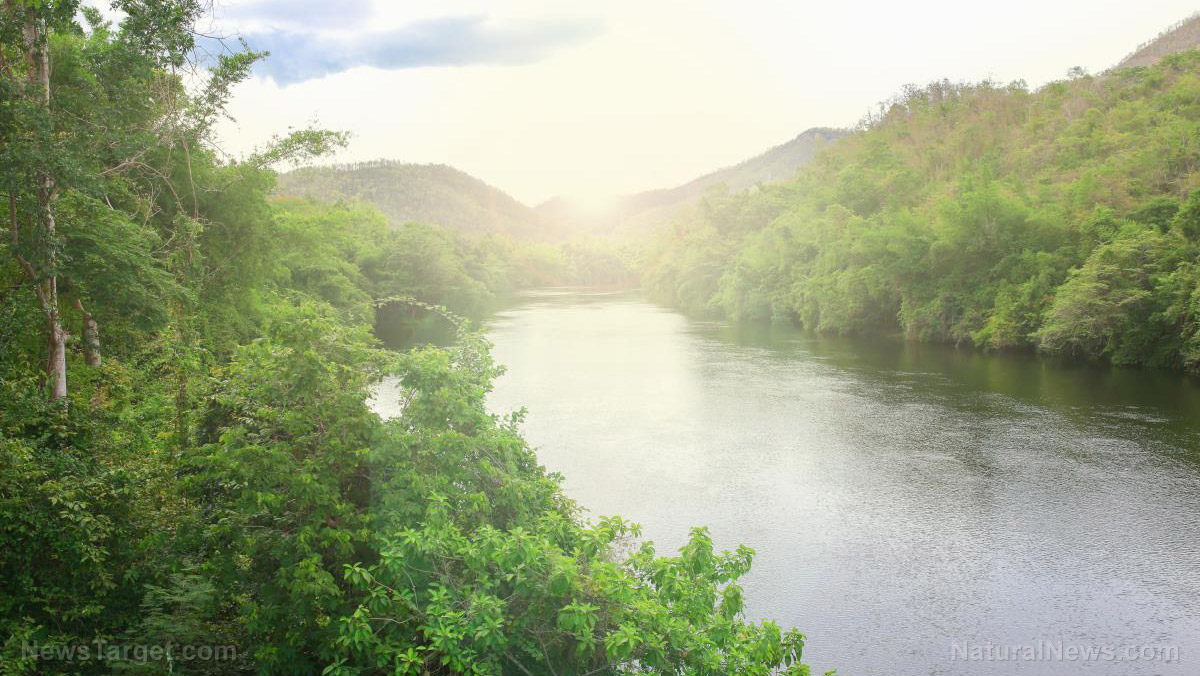New research finds that 500 years of over-exploitation has halved the mammal populations in South America’s Atlantic Forest
12/15/2018 / By Edsel Cook

What nature took thousands of years to cultivate and maintain, humankind has torn down in mere centuries. A new U.K.-led analysis has found that many of the mammals dwelling in Brazil’s Atlantic Forest are now down to half their numbers after 500 years of relentless exploitation by humans.
An article in Science Daily reported the results of the study, which was conducted in what used to be one of South America’s greatest rainforests. It explained that centuries of human activities has culled the number of animals in that primeval forest.
The study covered the local species assemblages of medium and large animals in the Atlantic Forest. These assemblages are groups of species that co-exist together, such as prey animals and the predators that feed on the former. Whatever affects one species of an assemblage also affects the other members of the set.
The University of East Anglia (UEA) led the research effort. They looked at studies of animal populations in the Forest during the last 30 years. Their baseline data dates back to the time when Brazil was still a colony of Portugal.
According to the UEA report, more than half of the local species assemblages have died out since the 1500s. This massive loss of biodiversity is attributed to human activity, as the 15th century is when humans began to move into the Atlantic Forest. (Related: Efforts to protect migrating pronghorn by installing wildlife crossing structures over highways have been successful, say researchers.)
Human activity has destroyed 90 percent of the Atlantic Forest
The Atlantic Forest follows the curves of the Brazilian coast. Bordering its namesake Atlantic Ocean, it is the longest uninterrupted tropical forest that goes in a latitudinal direction.
Sponsored solution from CWC Labs: This heavy metals test kit allows you to test almost anything for 20+ heavy metals and nutritive minerals, including lead, mercury, arsenic, cadmium, aluminum and more. You can test your own hair, vitamins, well water, garden soil, superfoods, pet hair, beverages and other samples (no blood or urine). ISO accredited laboratory using ICP-MS (mass spec) analysis with parts per billion sensitivity. Learn more here.
This mighty stretch of wilderness used to cover nearly 425,000 square miles. But a combination of fires, logging, and farming have reduced the rainforest to just 55,212 square miles.
As the Atlantic Forest contracts into a shadow of its former glory, the animals that live in it suffered a similarly drastic downfall. The extent of their depletion became the subject of the study led by UAE researcher Carlos Peres and University of São Paulo counterpart Juliano Bogoni.
The researchers studied close to 500 local species assemblages of animals that were known to live within the expanse of the Forest during the last 500 years. These animals ranged in size from medium to large.
Both single species and groups of species underwent investigation. For the latter, the researchers sought to figure out the assemblages that took the most damage from the loss of biodiversity.
Study urges better protection for vulnerable Brazilian rain forest and animals
Published in the scientific journal PLOS ONE, the UAE paper found that apex predators, large carnivores, and large herbivores in the Atlantic Forest showed the greatest loss in population. Specific affected animals included jaguars, pumas, and tapirs.
The results indicated that the ongoing conservation programs were not enough to reverse the diminution of the Brazilian rain forest and its animal inhabitants. Furthermore, the researchers suggested the need for both political will and strong public policies to protect tropical forests.
“These habitats are now often severely incomplete, restricted to insufficiently large forest remnants, and trapped in an open-ended extinction vortex,” remarked Bogoni, who served as the primary author of the paper. “This collapse is unprecedented in both history and pre-history and can be directly attributed to human activity.”
UAE researcher Peres stressed the importance of studying species loss on the regional level. A greater understanding of the causes and patterns of species loss could help efforts to preserve biodiversity in what remains of the Atlantic Forest.
Read more articles about conservation at Ecology.news.
Sources include:
Tagged Under: biodiversity, biodiversity loss, Brazil, conservation, deforestation, Ecology, environ, environment, extinction, mammals, natural world, rainforest loss, species, wildlife conservation, wildlife ecology
RECENT NEWS & ARTICLES
COPYRIGHT © 2017 COLLAPSE.NEWS
All content posted on this site is protected under Free Speech. Collapse.news is not responsible for content written by contributing authors. The information on this site is provided for educational and entertainment purposes only. It is not intended as a substitute for professional advice of any kind. Collapse.news assumes no responsibility for the use or misuse of this material. All trademarks, registered trademarks and service marks mentioned on this site are the property of their respective owners.




















